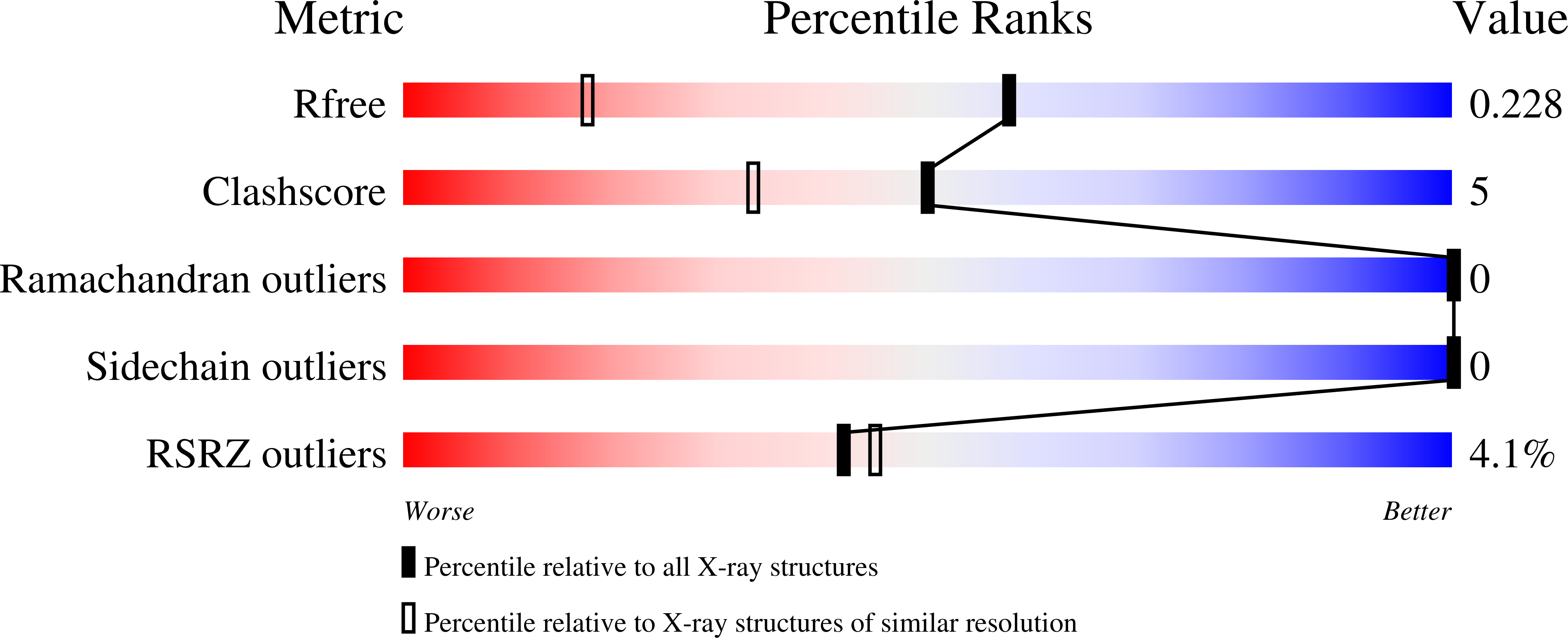
Deposition Date
2023-09-29
Release Date
2024-10-02
Last Version Date
2025-07-09
Entry Detail
PDB ID:
8UDS
Keywords:
Title:
The Crystal Structure of CoxG from M. smegmatis, minus lipid anchoring C-terminus.
Biological Source:
Source Organism:
Mycolicibacterium smegmatis MC2 155 (Taxon ID: 246196)
Host Organism:
Method Details:
Experimental Method:
Resolution:
1.50 Å
R-Value Free:
0.22
R-Value Work:
0.18
R-Value Observed:
0.18
Space Group:
P 43 21 2


